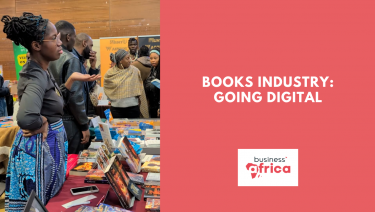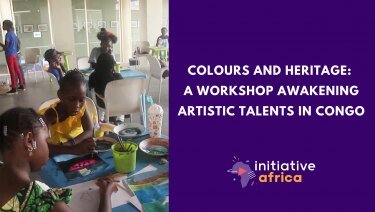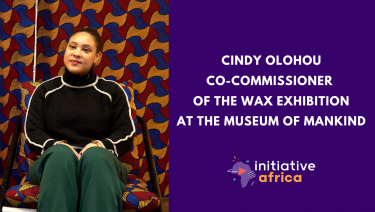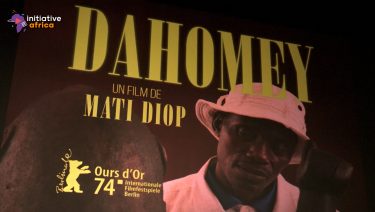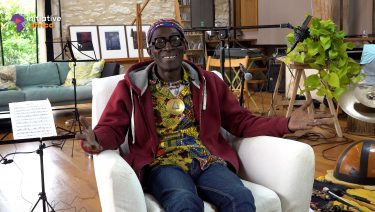Contemporary African Art
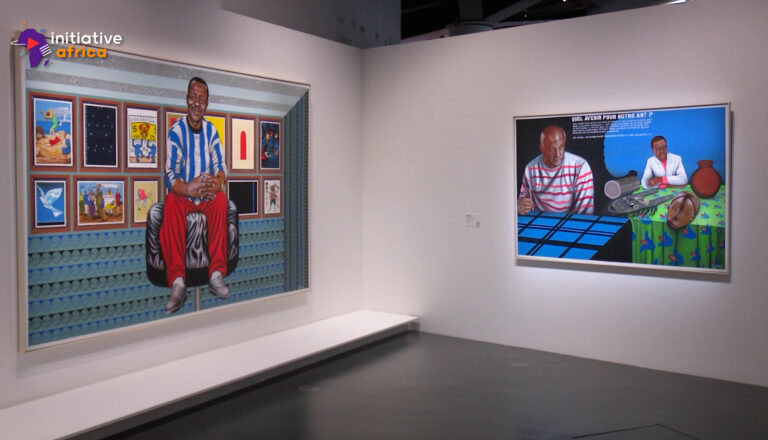
Heidi Ellison
“It is our time,” says Pardon Mapondera, a young Zimbabwean artist, referring to the worldwide upsurge in interest in contemporary African art on the part of collectors, galleries, auction houses and art fairs. Mapondera is one of over 150 emergings and established artists whose work will be shown at the 1-54 Contemporary African Art Fair in London on October 14-17.
Mapondera, who creates colourful abstract textile works and lives in Cape Town, South Africa, sees the newfound global interest in African art as being “driven by the larger trend of inclusivity, away from the previous Western-centric focus.”
Other artists participating in the fair credit communications technology with the newfound visibility and popularity of contemporary African art. Says Stephané E. Conradie, a Zambian sculptor who lives in South Africa, “Artists have the agency to publish their own work via social media and the Internet, curate their own exhibitions and form artistic collectives. The Covid 19 pandemic has proven how important it is to do this,” she says, adding “I am sure that this agency has led to many African artists becoming noticed … free from the confines of the art world’s economy and gallery systems.”
Ugandan sculptor Richard Atugonza agrees. “I can sit in my studio,” he says, “and someone from the United States is Instagramming me that they like my new piece.” He sees such global connections as key to bringing “unutilized resources to the surface. We are rich in stories that haven’t been told and rich in materials that haven’t been explored.”
“I think the time has come for Africa to write a new art history,” says Angèle Etoundi Essamba, a Cameroonian photographer living in Amsterdam who spotlights African women in her work. “We are witnessing the very rich and dynamic creativity of talented artists whose works question our world, politics, the environment.” With the emergence of social networks, she adds, this creativity can no longer go unnoticed.
While they don’t feel the need to be labelled “African artists”, these artists all take pride in their origins. “Being an African artist gives me a unique opportunity to draw attention to the various histories my identity and heritage are made up of,” says Conradie, “This goes for all artists under the African banner – we have diverse perspectives and aesthetics.”
Many of these talented artists find inspiration for both the content and materials of their work in their homeland. Pardon notes that many African artists are finding innovative ways to use materials that represent the societies they come from, such as recycled or discarded materials (like the world-famous Ghanian sculptor El Anatsui) or precious minerals.
Atugonza, who used to make his startlingly lifelike, fragmentary sculptures from burnt plastic, was inspired to switch to charcoal dust by a neighbour who made charcoal briquettes. She showed him how the “sculptural” briquettes were made, and he incorporated the process into his work. “When I created the first sculpture with it, I felt such an incredible growth in my work,” he says. “[It] came from my community, and I named the first piece ‘Limitless’.”
From the community to the unlimited, contemporary African art is finally taking wing.
Now that it’s out there, the only way is up.
See also
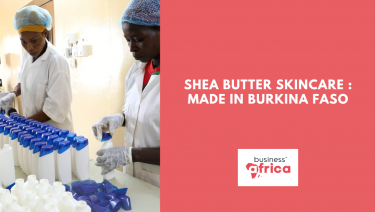
Shea Butter Skincare — Made in Burkina Faso
In Ouagadougou, Odiss Cosmétiques is transforming damaged skin and outdated beauty standards using one powerful tool: locally sourced, natural ingredients like shea butter, neem, and baobab oil. Founded by Denise Odette Konseiga, a former pharmacy assistant, Odiss has grown into a certified organic brand that now employs 17 staff and supports over 300 women across shea cooperatives. From Burkina to Belgium and beyond, the brand is making waves. In a market long dominated by imports, Odiss is proving that African-made skincare can be both ethical and effective. Journalist: Sonia Kocty
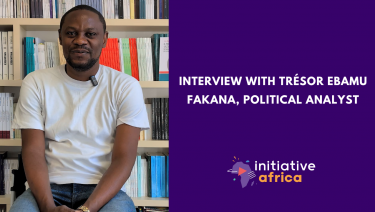
Interview with Trésor Ebamu Fakana, political analyst
In the Democratic Republic of Congo, organ transplantation remains largely unregulated and unpracticed. Political analyst and anti-human trafficking expert Trésor Ebamu Fankana calls for urgent public debate and legal reform to address the ethical, medical, and legal challenges linked to organ donation and trafficking. In this interview, he discusses his latest book Let’s Talk About It and warns about the dangers of inaction in a region where insecurity, poverty, and legal loopholes create fertile ground for exploitation. Journalist: Alexandra Vépierre
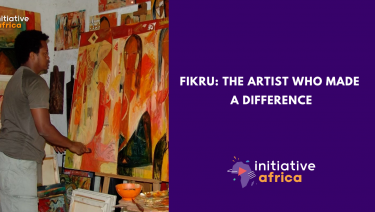
The Artist Who Made a Difference
From his first exhibition in 1995 to over 30 solo shows across Europe and North America, Ethiopian painter Fikru Gebremariam has carved out a singular path. His latest collection — exhibited at the Alliance Ethio-Française in Addis Ababa — marks a bold new chapter: an embrace of abstract expressionism rooted in African soil. In this portrait, Fikru reflects on his artistic evolution, his rejection of labels, and the subconscious forces that shape his work. Art historians, curators and fellow artists explore how his life, heritage, and travels converge on canvas. Journalist: Tefera Ghedamu
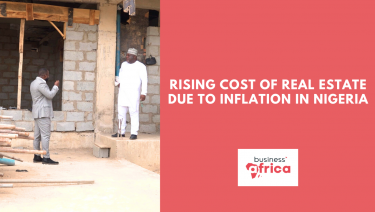
Rising cost of real estate due to inflation in Nigeria
In Nigeria, inflation is driving up construction and rental costs at an unprecedented rate — with building expenses increasing by 300% and rental prices soaring by over 200%. Architects, developers and prospective homeowners face daily uncertainty, while low- and middle-income families struggle to secure housing. Through the voices of developers, tenants and market experts, this report explores how skyrocketing costs are impacting housing access and what this means for the future of Nigeria’s real estate. Watch the full video for a closer look at the human and economic consequences of an unregulated market under inflationary strain. Journalist: ANNABELLE AYANGBADE
